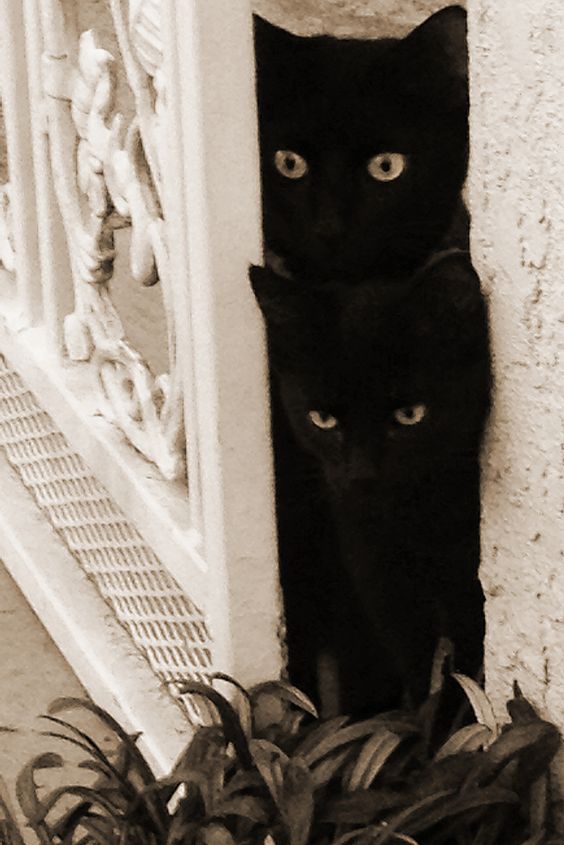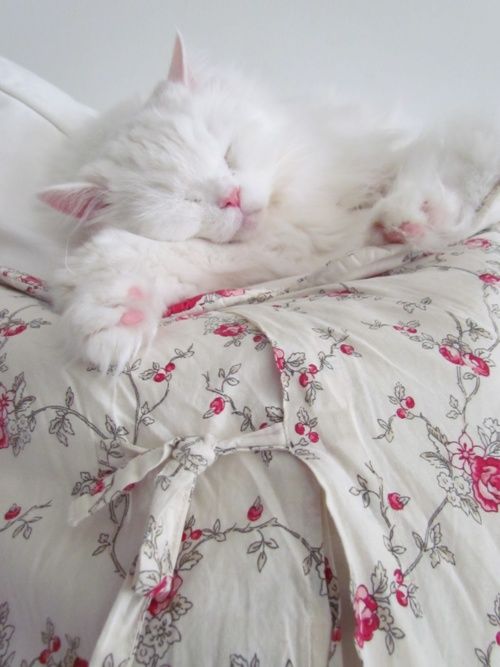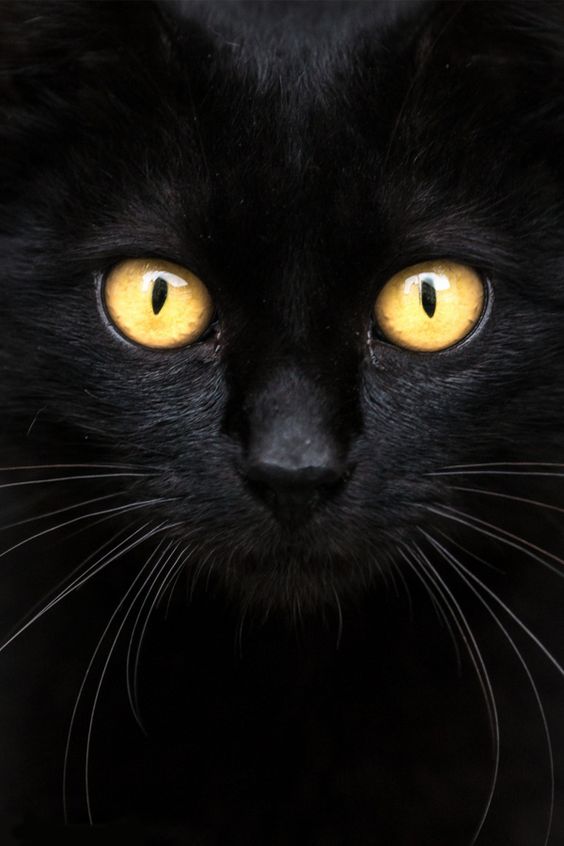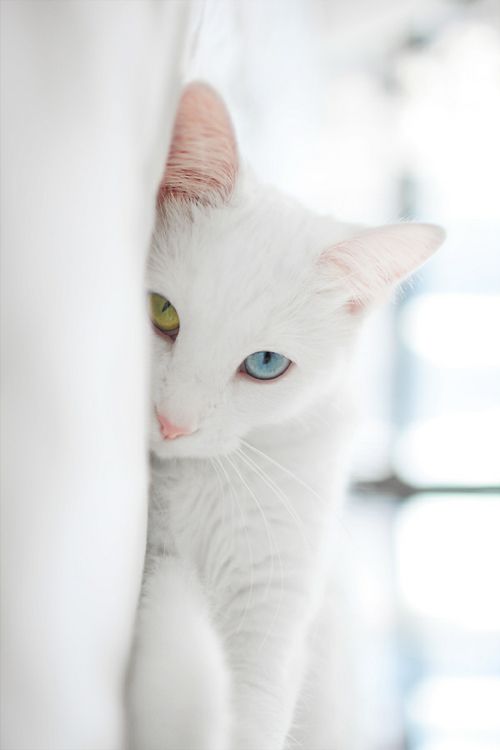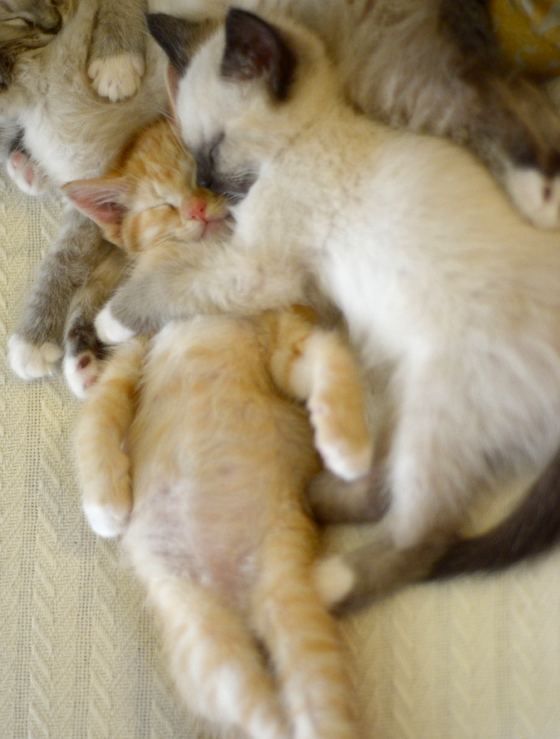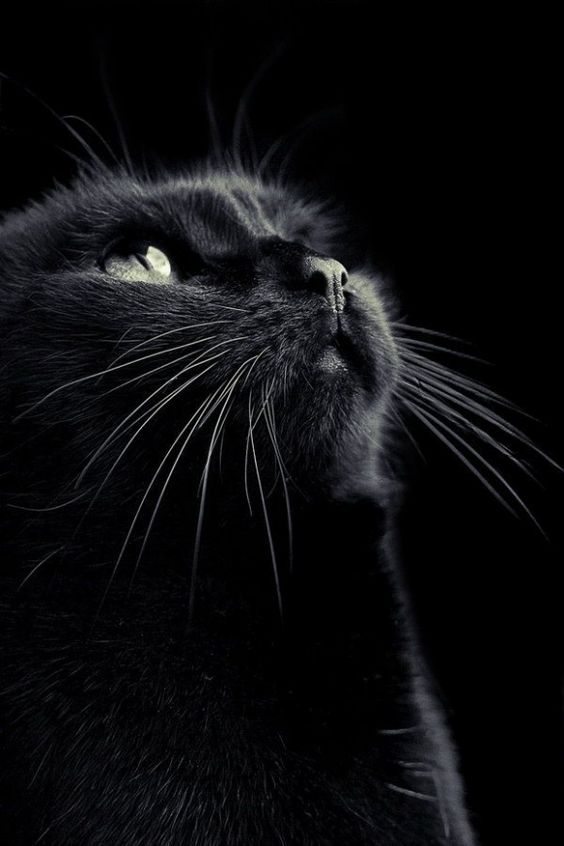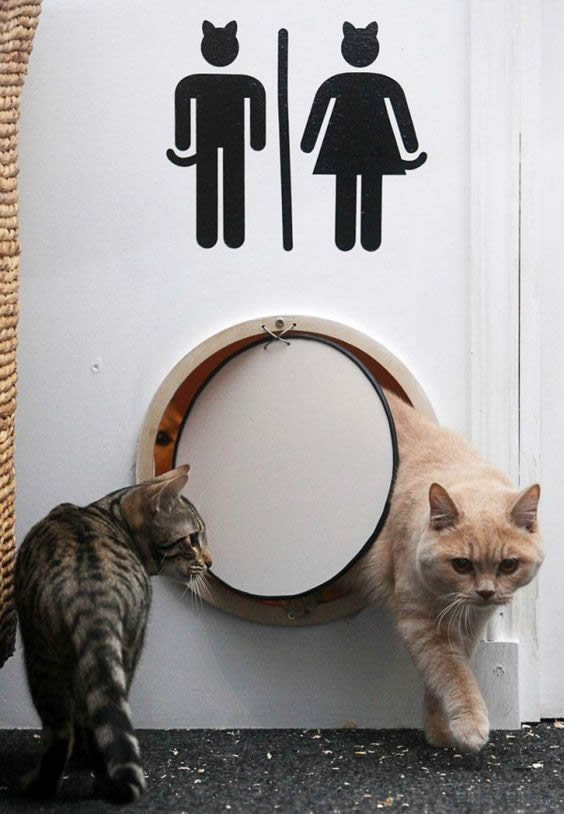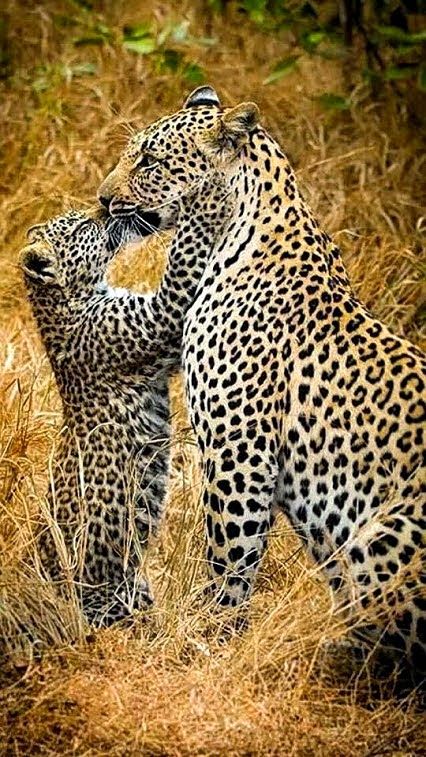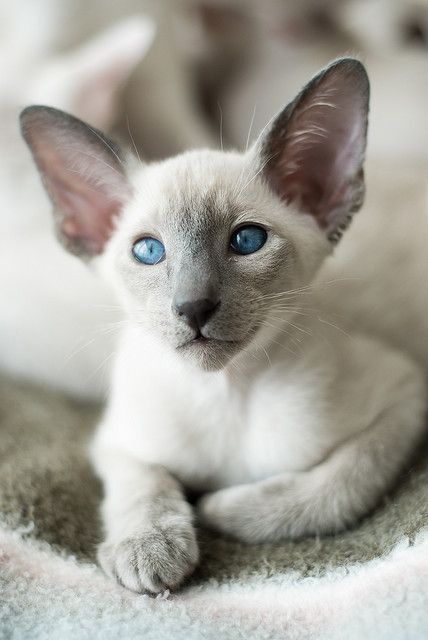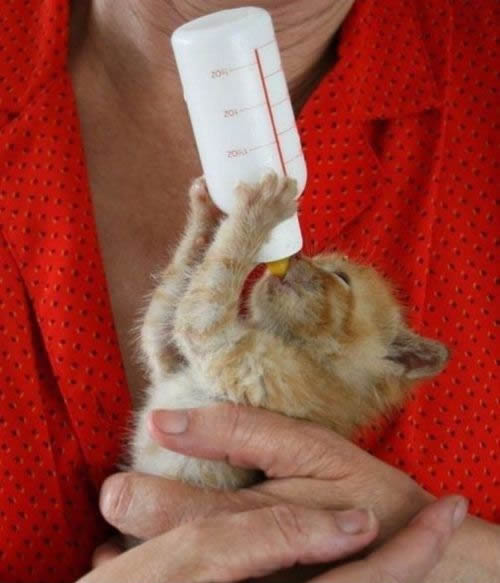 |
| Rose’s Peekaboo |
The cartoonist Pat Brady (male) has drawn the popular strip Rose Is Rose since 1983, introducing the world to the Gumbo family, which includes the longhaired cat Peekaboo, who is adorable but (typical of comic strip cats) provides many “catty” observations on the family’s life. Peekaboo is the companion of the family tot, Pasquale.
